Motion blur is a visual effect that simulates the natural blur seen when an object moves rapidly within a frame. Common in photography, videography, and digital graphics, it enhances images and videos by conveying a sense of speed, dynamism, and realism. In this blog, we’ll explore what motion blur is, why it matters, and how you can achieve this effect across various mediums.
What is Motion Blur?
Motion blur happens when a moving object is photographed while in motion, resulting in a smeared appearance that follows the direction of its movement. This effect is similar to the way a fast-moving car might look streaked rather than sharply defined in a photograph. Beyond being a natural occurrence in photography, motion blur is also a deliberate artistic technique used to convey speed and a sense of motion.
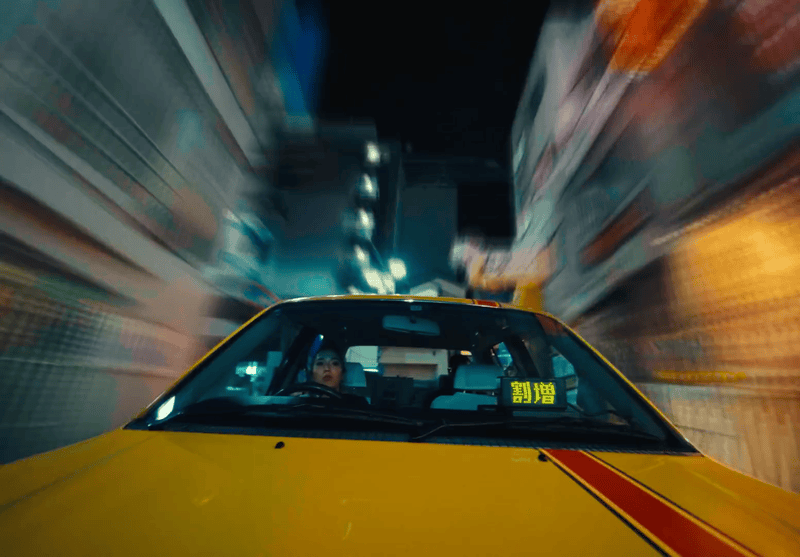
Why is Motion Blur Important?
1- Enhances Realism: In films and video games, motion blur adds authenticity to fast-moving scenes by mimicking how objects would appear in real life when they’re moving quickly.
2- Indicates Speed and Movement: By blurring the background or the moving object, motion blur provides a visual signal that something is traveling at high speed.
3- Highlights Key Elements: Motion blur can be strategically used to emphasize specific parts of an image by blurring other elements.
4- Artistic Tool: In photography and videography, motion blur is employed creatively to introduce a sense of fluidity, energy, and dynamism to still images.
How to Create Motion Blur
1- In Photography
To create motion blur in photography, you’ll need to adjust your camera settings to capture movement effectively.
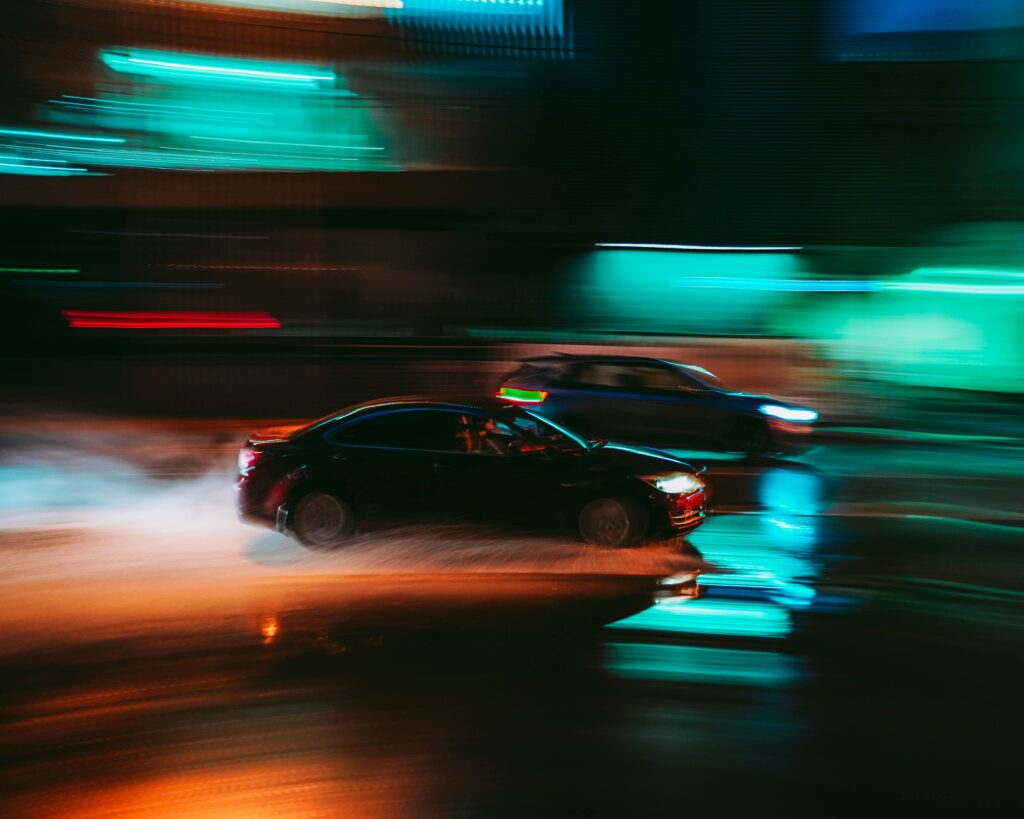
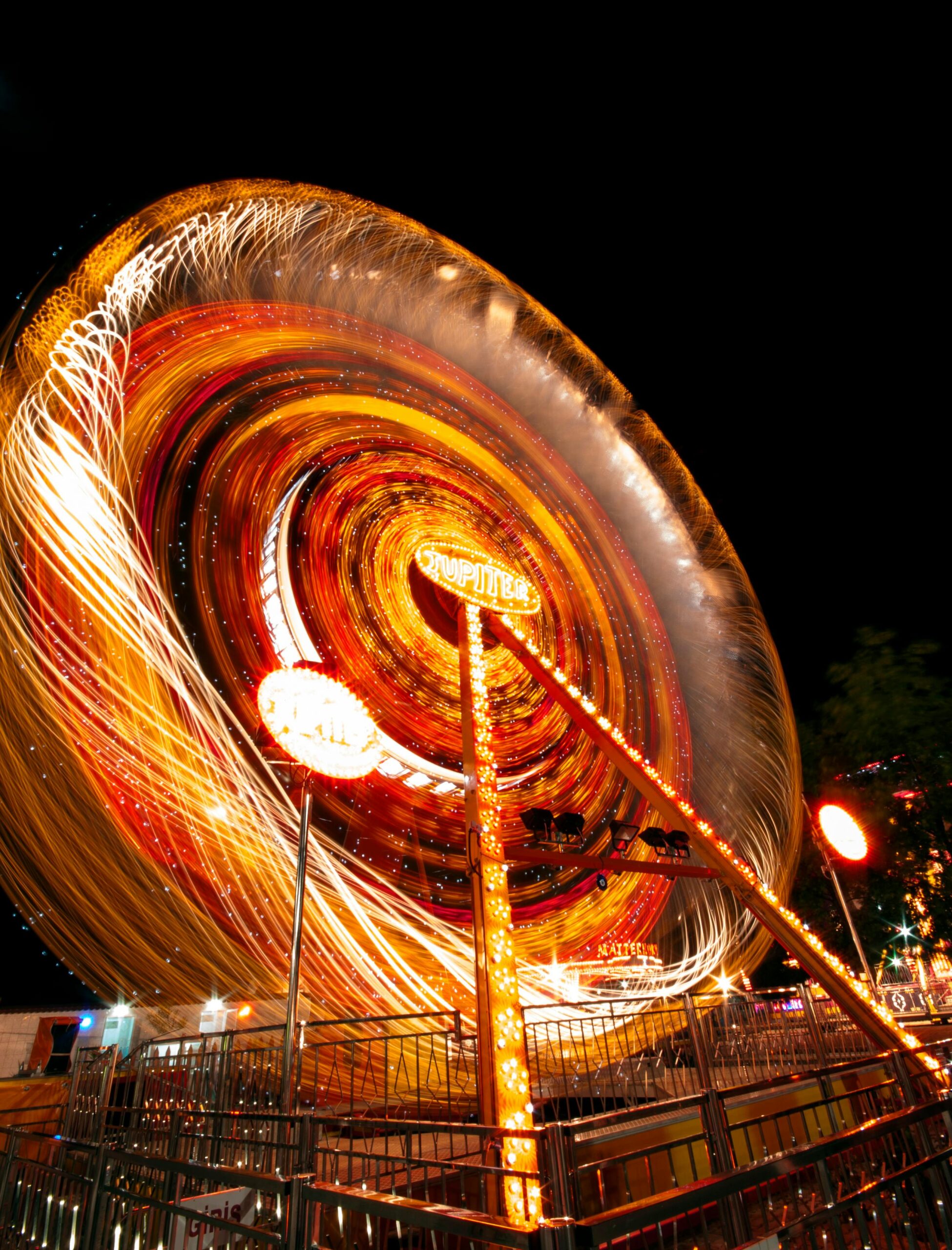
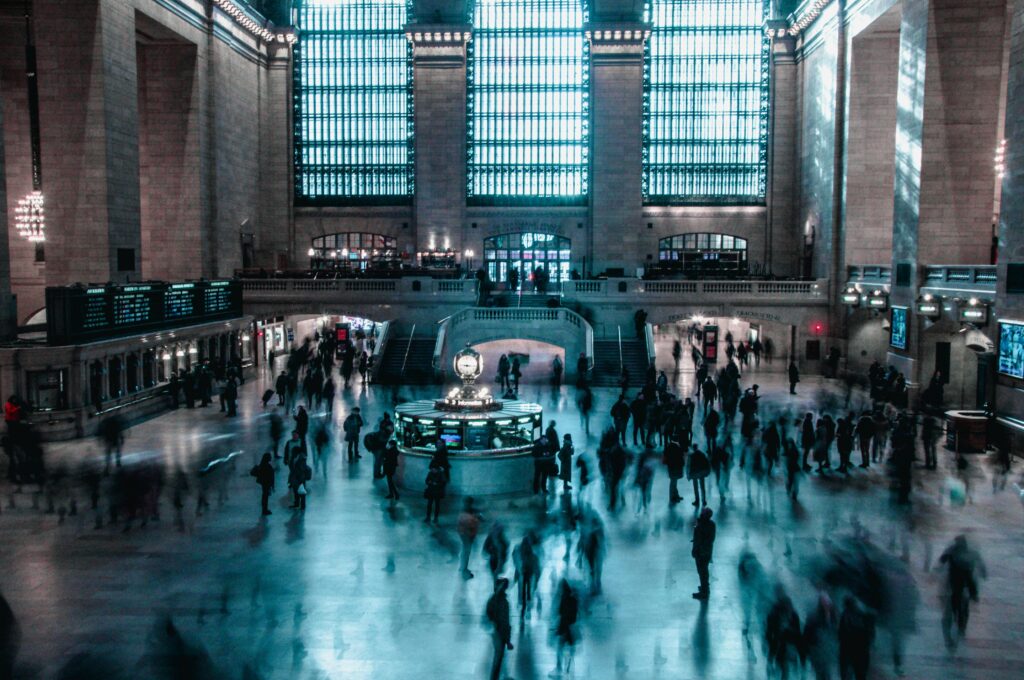
2- In Videography
Creating motion blur in video is similar to photography but involves additional factors such as frame rate and shutter angle.

Practical Tips for Creating Motion Blur
1- Experiment with Shutter Speed: Begin with a moderate shutter speed and adjust it based on the level of blur you want. Be cautious, as excessively slow shutter speeds can cause excessive blur, obscuring important details.
2- Use ND Filters: In bright lighting conditions, a slow shutter speed may lead to overexposure. Neutral Density (ND) filters reduce the amount of light entering the lens, allowing you to use slower shutter speeds without overexposing your image.
3- Consider the Direction of Movement: To maximize the effectiveness of motion blur, ensure it aligns with the direction of the subject’s movement. This helps the blur enhance the sense of motion rather than becoming a distracting element.
4- Stabilize When Necessary: Utilize a tripod or stabilization tools to prevent unwanted camera shake, which can introduce unwanted blur into areas that should remain sharp.
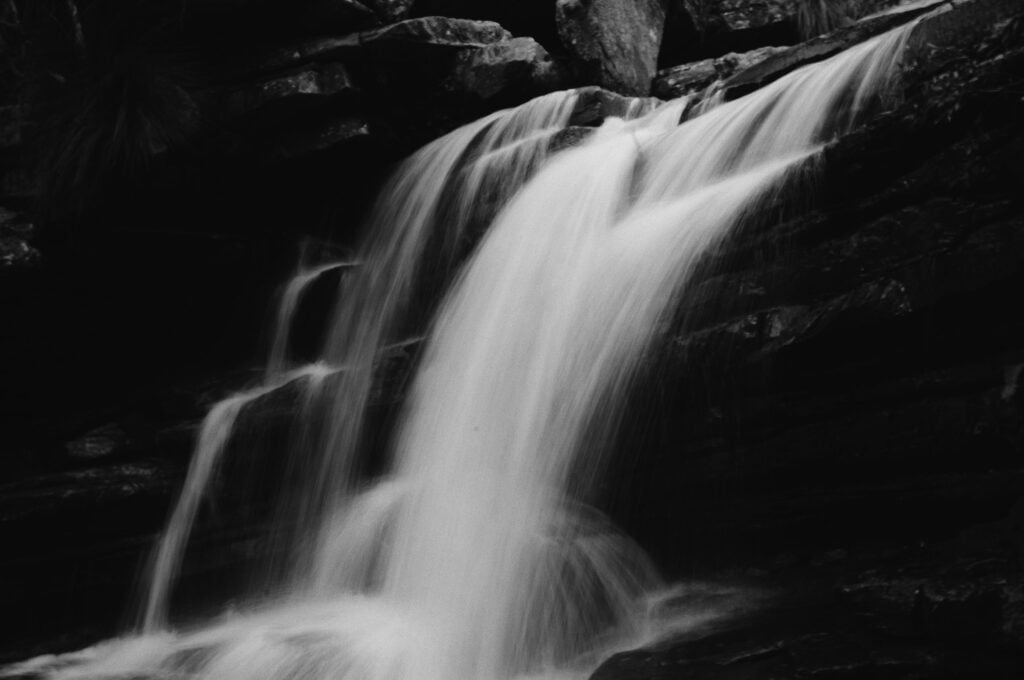
Conclusion
Motion blur is a versatile and impactful tool in both photography and digital media, effectively conveying speed, movement, and dynamic energy that static images often lack. Whether you’re photographing a fast-moving subject, adding realism to video footage, or simulating motion in digital art, mastering motion blur techniques can significantly enhance your creative work. Explore various settings, techniques, and software to achieve the ideal balance between clarity and blur for your projects.


